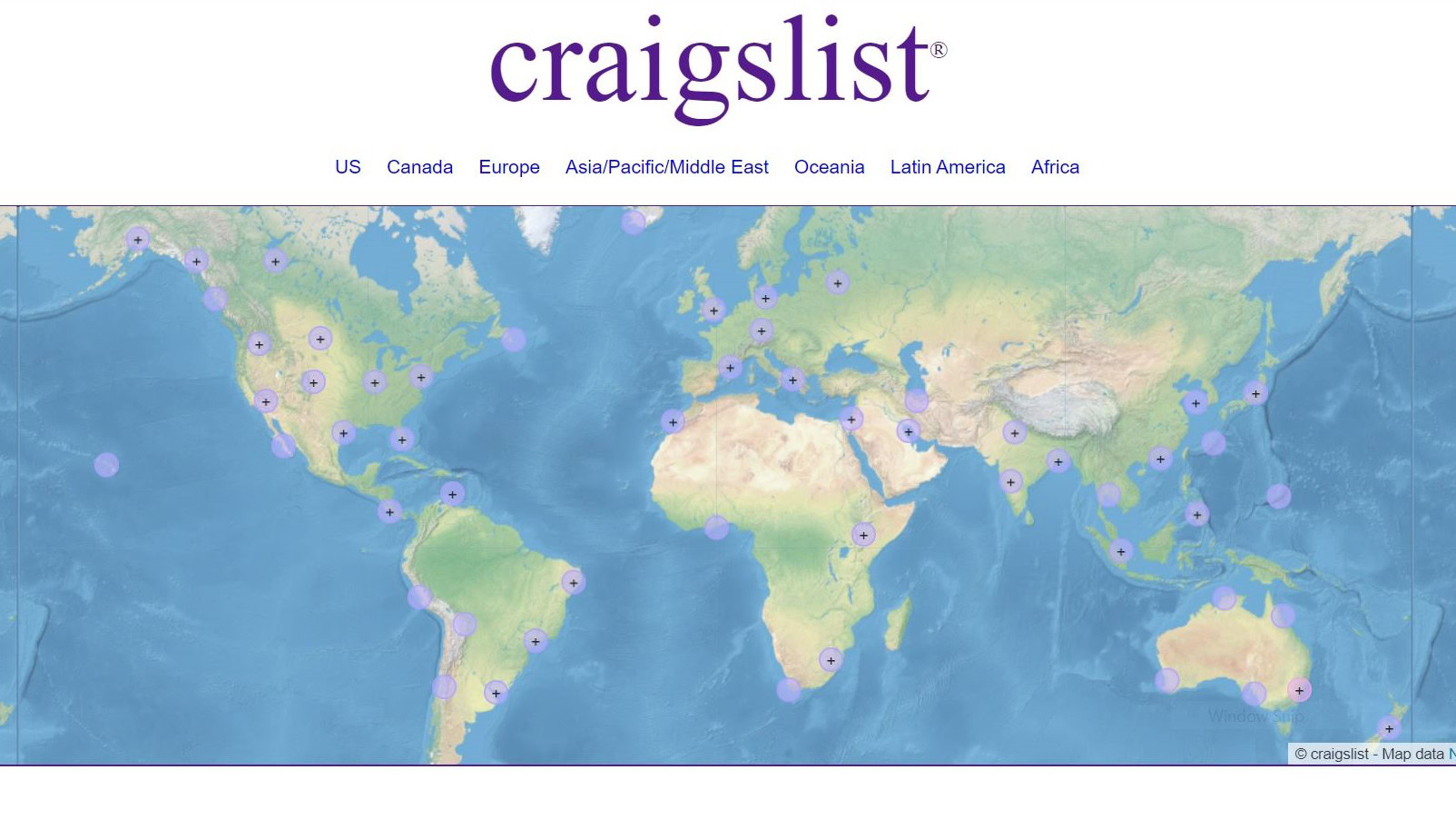Affiliate links on Android Authority may earn us a commission. Learn more.
Buying a used phone: Do's and don'ts
February 5, 2025
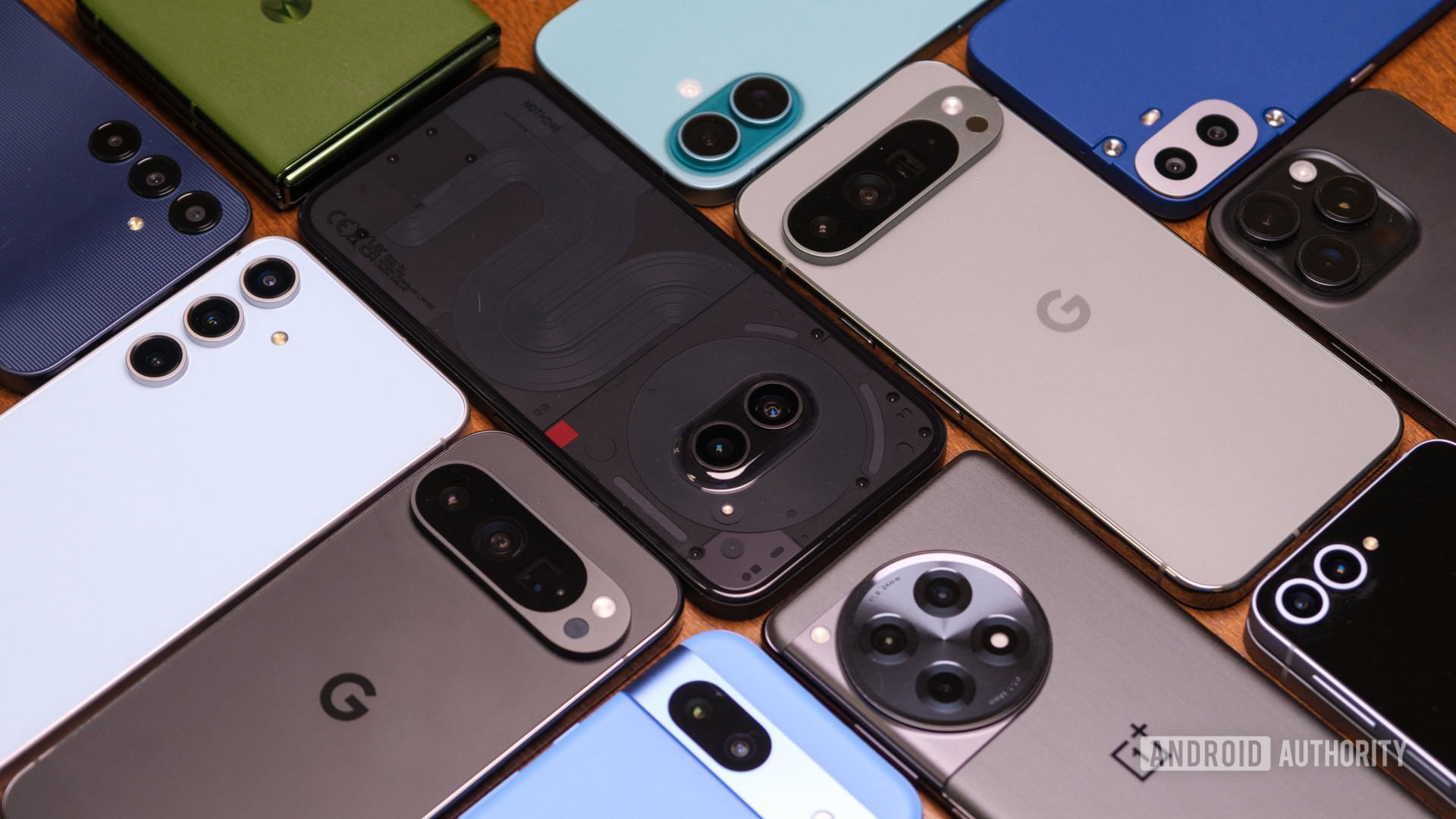
Switching devices can often be an expensive habit, especially considering the best Android phones can cost upwards of $1,000. Mid-range options have become much more accessible these days, but another great way to score a good deal is by buying a used phone.
‘Used’ is a word that’s weighed down by negative connotations — “we’ve used it up, it’s no longer good.” That’s probably why so many retailers that sell used products tend to go with “pre-owned.” Scary words aside, buying a used phone doesn’t have to be a bad experience. I’ve purchased several used smartphones online over the years, and the experience has been positive almost every time.
Regardless, even if you do the due diligence when buying a used phone or tablet, things can still go wrong. There are many steps you can take to lower the likelihood of a nasty incident, and a backup plan never hurts in the event you run into trouble. The tips below should help you through the process of getting a solid, used smartphone. While written primarily with phones in mind, most of these steps should also apply to lots of other products.
What do you need on the phone?
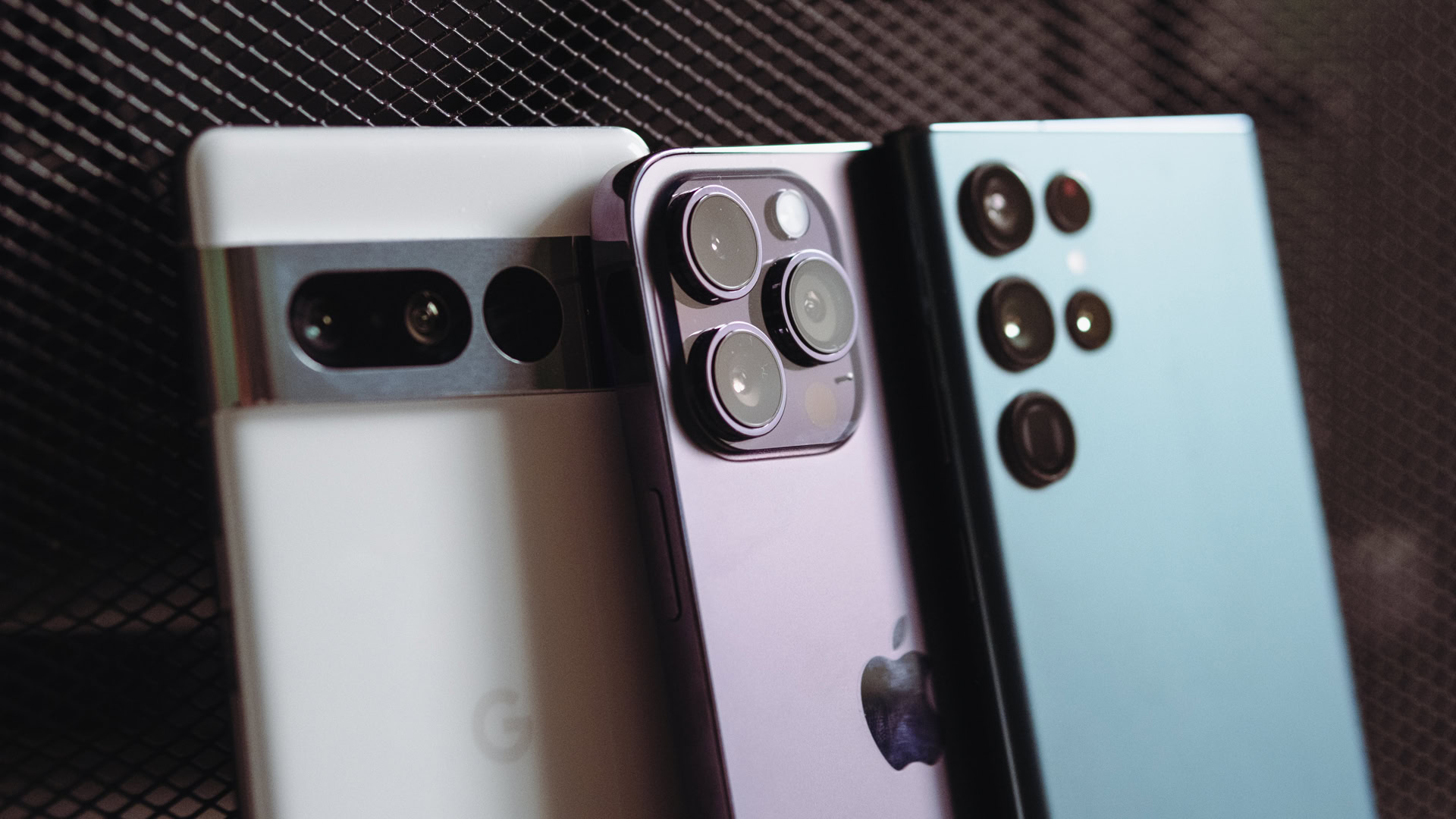
It’s never good to spend more on stuff you might not even need. We would generally advise that you keep things modest, but this is exactly why getting a used phone is a good option. You might be able to get a high-end device while sticking to a healthy budget. Used phones are cheaper, especially if you’re getting a slightly older handset. You can enjoy the finer things in life by not overspending.
With that in mind, it’s also wise to consider your most valued specs and features in a phone. Can you benefit from dual-SIM capabilities? Do you need an SD card slot? How large do you prefer your screen? Is the phone for gaming? You could even consider experimenting with cool features, such as the addition of an IR blaster.
How do you know the right amount to pay when buying a used phone? Research! Visit Swappa, eBay, Craigslist, Facebook Marketplace, Amazon, and other similar websites to compare prices.
How do you know how much to pay when buying a used phone? Research!
Pay careful attention to the condition, not the median price. That scratched-up Pixel 8 Pro on sale for $40 on eBay shouldn’t be compared to the mint condition one on Swappa that costs $550. Compare mints to mints, goods to goods, etc.
Figure out what makes a phone condition mint, good, okay, or poor, and decide on a minimum quality you’ll be happy with. From there, you can quickly figure out a fair price. Also, make sure the phone is either compatible with your carrier or completely unlocked.
If you want to save some money, time your buys to coincide with the release of the new iteration of the device you’re interested in. If your heart desires a used iPhone 16, wait until the iPhone 17 has been announced. Better yet, wait until it’s been on retail shelves for a few weeks. Prices go down once a device becomes a previous-generation unit.
Finally, look up the software update support that remains on a phone. You might see a device from 2022 in pristine condition at an amazing price, but if the manufacturer is no longer supporting it with software and security updates, it could quickly become buggy and open to exploits. We have a guide to the phone update policies of each major brand.
Where to buy your used phone and why
Do you have a good handle on what you’re looking for and how much you want to spend? Now, it’s time to figure out where to buy your used device. There are many options available. Here are some good options.
Swappa
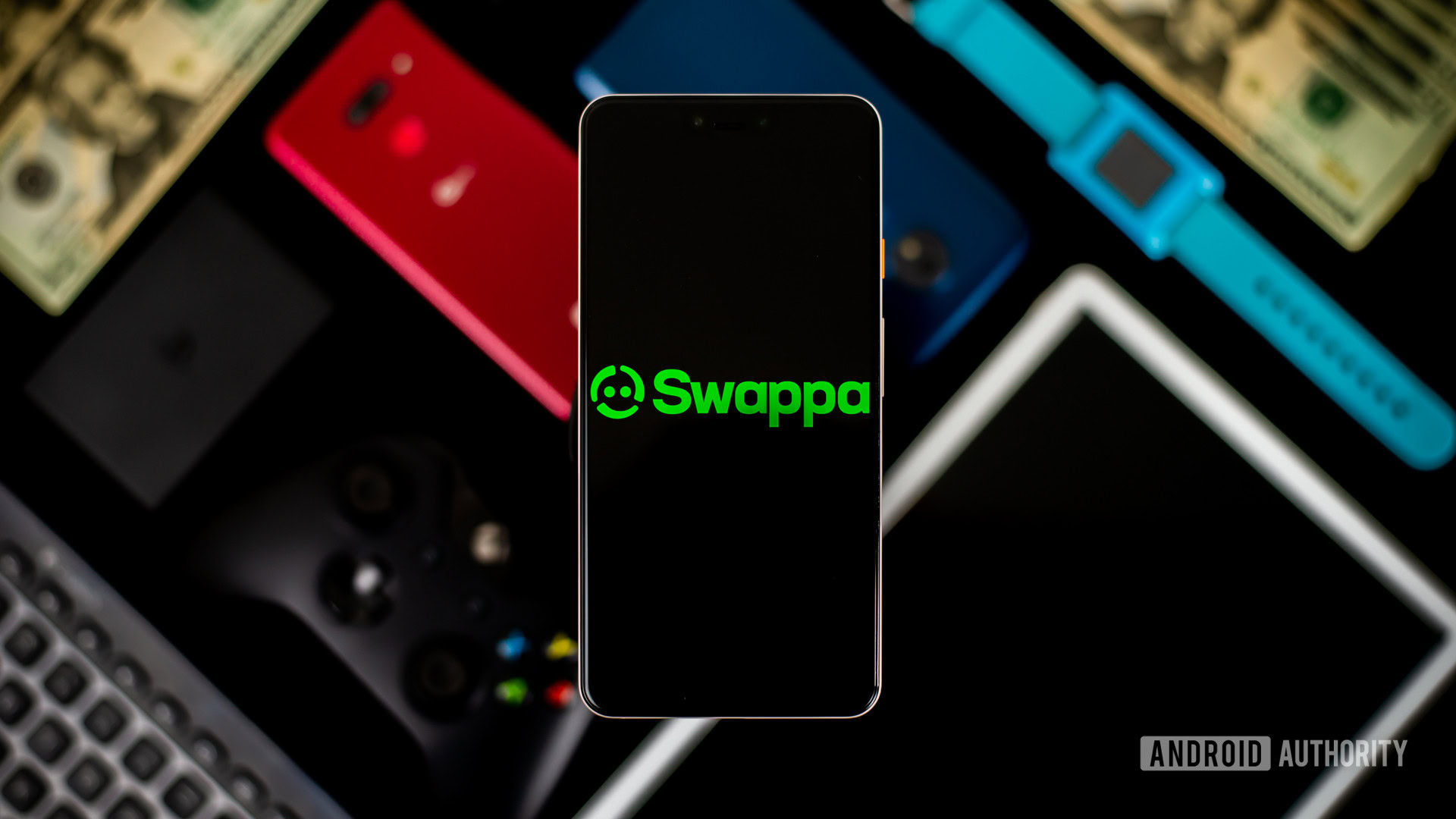
Swappa is one of the best places to buy used smartphones or offload the ones you no longer need. The site is straightforward and easy to use. There’s also a good level of protection, which means it’s less likely you’ll fall victim to fraud.
Swappa requires user verification. The website also has live agents monitoring all posts, and they go through them manually before the listing even goes up. Marketplace activity is also tracked by artificial intelligence, and you can always reach out to their support team for more help. They claim to respond in less than 20 minutes.
Swappa also works with PayPal, so you could ask for a refund if you end up with a phone that doesn’t meet its description. However, this takes time — I once had to wait for more than a month to get my money back.
Things to consider:
- Smartphones on Swappa can be more expensive than on Craigslist and eBay, likely because there’s usually less risk. You’ll have to decide what’s worth more to you: keeping the risk low or getting the best price.
- Be careful when buying from Swappa sellers that have no stars. The one time I did this, the person never shipped the device. I’m not saying all one-star sellers are scam artists, but those with several successful sales under their belts are a safer bet.
Amazon
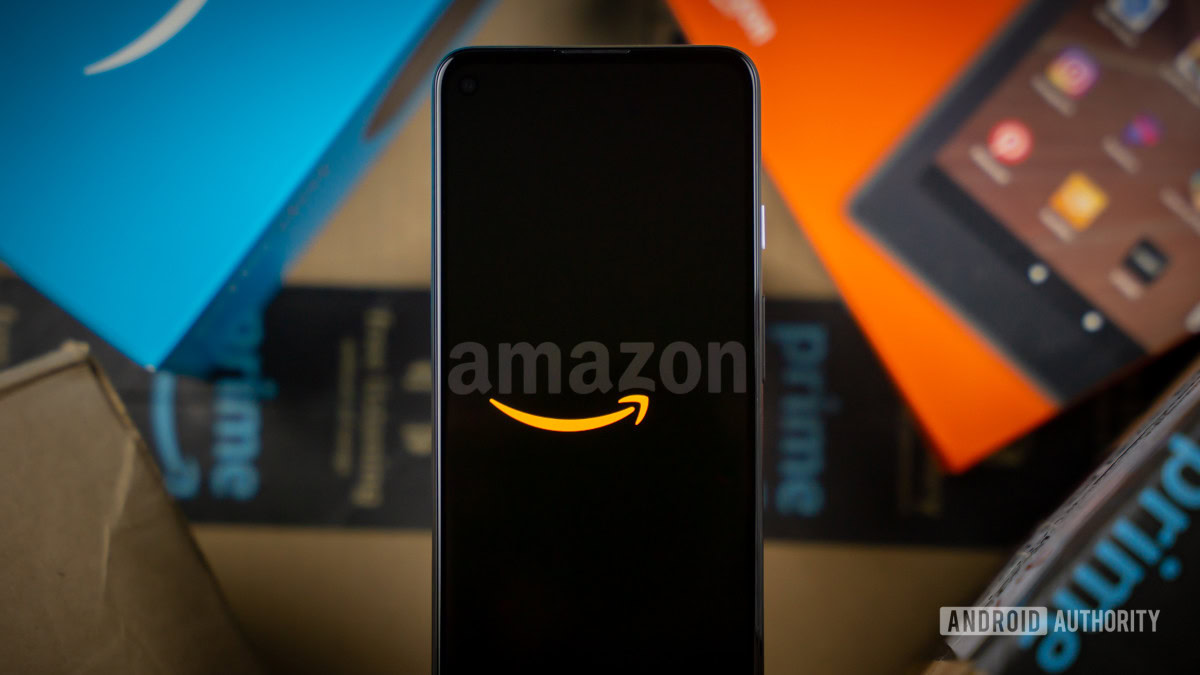
Amazon is also a generally safe place to buy a used smartphone. The company keeps a very tight check on all sellers, and they will back the customer with any issues they encounter. The retailer giant’s customer support is also known for being among the best. Granted, used smartphones are usually much more expensive on Amazon, but you get peace of mind.
All you have to do is go to Amazon, search for the phone you want to buy, and go to the device’s product page. You should see a small link under the description that reads “New and used from [price].” Click here and find the used phone you want to purchase.
Things to consider:
- Make sure to read the full description and product details. The seller should mention any product imperfections under the ‘Condition’ section.
- You can also reach out to the seller for any additional details and questions.
- Make sure to check the seller’s profile. You’ll want to make sure they also have a good rating. You’re pretty well protected with Amazon, but it’s still smart to make sure.
Gazelle
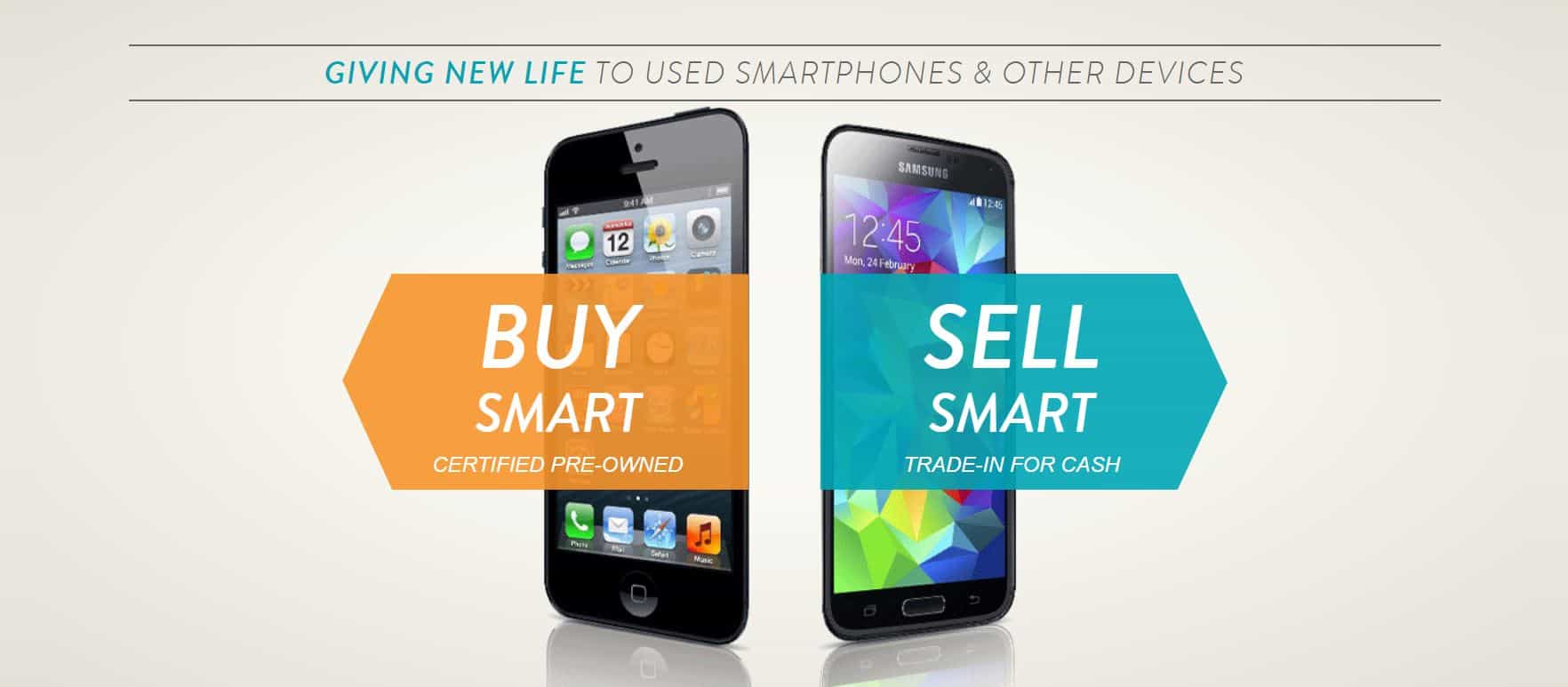
Gazelle is similar to Swappa in that it’s a marketplace where you can buy and sell used smartphones, but some will find it much more trustworthy. This is because you’re technically not dealing with other sellers. Gazelle buys phones directly from users, inspects them, verifies they’re in working condition, and then puts them up for sale.
All listed devices have gone through the company’s rigorous checks and are guaranteed to work. There’s no fishy business here. You even get 30 days to return the used phone if you aren’t satisfied.
Things to consider:
- While it’s pretty safe to buy from Gazelle, you’ll want to make sure you read the whole description and condition details. You don’t want to be wasting time with returns if it isn’t necessary.
eBay
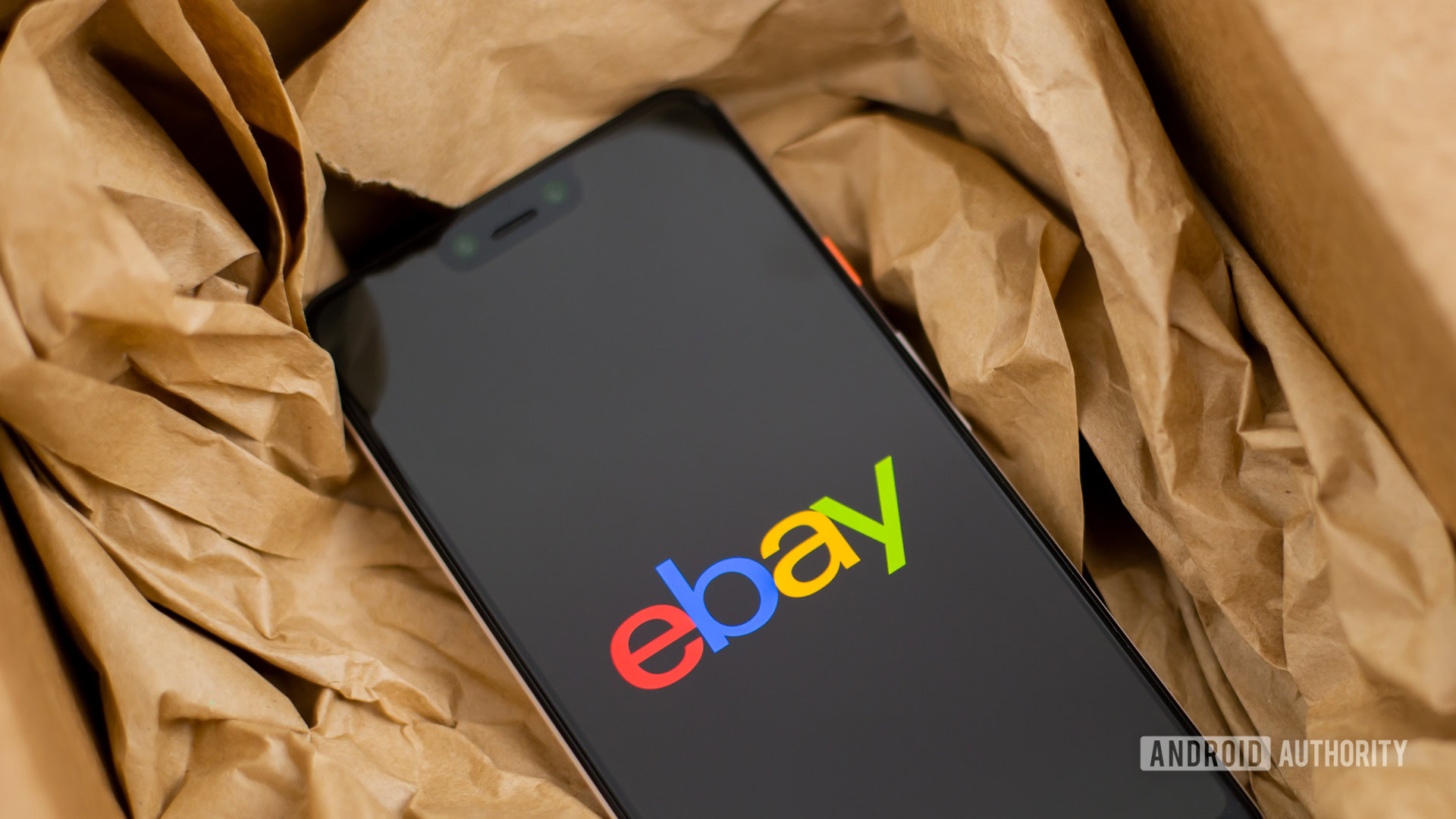
eBay can be a great place to buy a used handset, but you have to be a bit more careful. The popular marketplace has a hint of the Wild West about it. Anyone can create an account and start listing items with little to no restrictions.
With that said, eBay is also one of the best places to find good deals on used smartphones. The site has sellers from all over, so competition is fierce.
You don’t need to worry too much, either. Like Swappa, eBay has PayPal protection, which can help you get your money back if you get scammed. Buying a used phone on eBay is also pretty easy, as long as you research the phone and seller before you commit.
Things to consider:
- Check that electronic serial number (ESN) and ask the seller if you’ll be able to check the ESN independently before buying. Some will allow it, others won’t. It’s up to you to decide how much risk you want to take in this situation. We would rather be safe than sorry, though.
- Be careful when picking a seller. Make sure they have a good rating, and check out what they’ve been selling so far. If they’ve already sold 10,000 Pampered Chef items and this is their first phone, that might be a red flag. You’ll want a seller who has successfully sold mobile devices in the past and not someone who generally specializes in something else. Why’s that? They should (hopefully) know how to ensure a good buying experience for their customers.
- Grill them with questions! Ask about the ESN, scratches, hardware damage, and anything else you can think of. If their responses are vague, ask for more details. For example, if you ask about the physical appearance and they say it has “a small scratch on the front of the screen,” make sure to follow up with, “So the back and the sides are all scratch-free without any blemishes?”
- Make sure you can return the product to the seller if you’re not happy with it. If the seller doesn’t accept returns, you’ll be dealing solely with PayPal if things go wrong. You can find this information on the eBay product page.
Craiglist
If there’s one place where you need to be careful, it’s Craigslist. The website requires little to no verification, and anyone can post listings there. Craigslist is full of scammers. This one truly is the Wild West of shopping.
What makes Craigslist so convenient is that it’s mainly meant for in-person transactions. You should never trust a Craigslist seller with online transactions. Don’t make transfers, send Bitcoin, or mail any checks! Be ready to meet in person, and make sure to do it in a public place where both the seller and buyer will feel comfortable.
Things to consider:
- Check the ESN. Also, be sure to place your own SIM card into the phone to ensure everything is working.
- Remember that even if a phone works with your SIM card and appears perfect, it could still be flagged as stolen (or for non-payment) later. That means you have to figure out if the person selling the device is honest, which is a judgment call that’s hard to make.
- If you’ve made a mistake, you’re on your own. There’s no protection.
Social networks and word of mouth
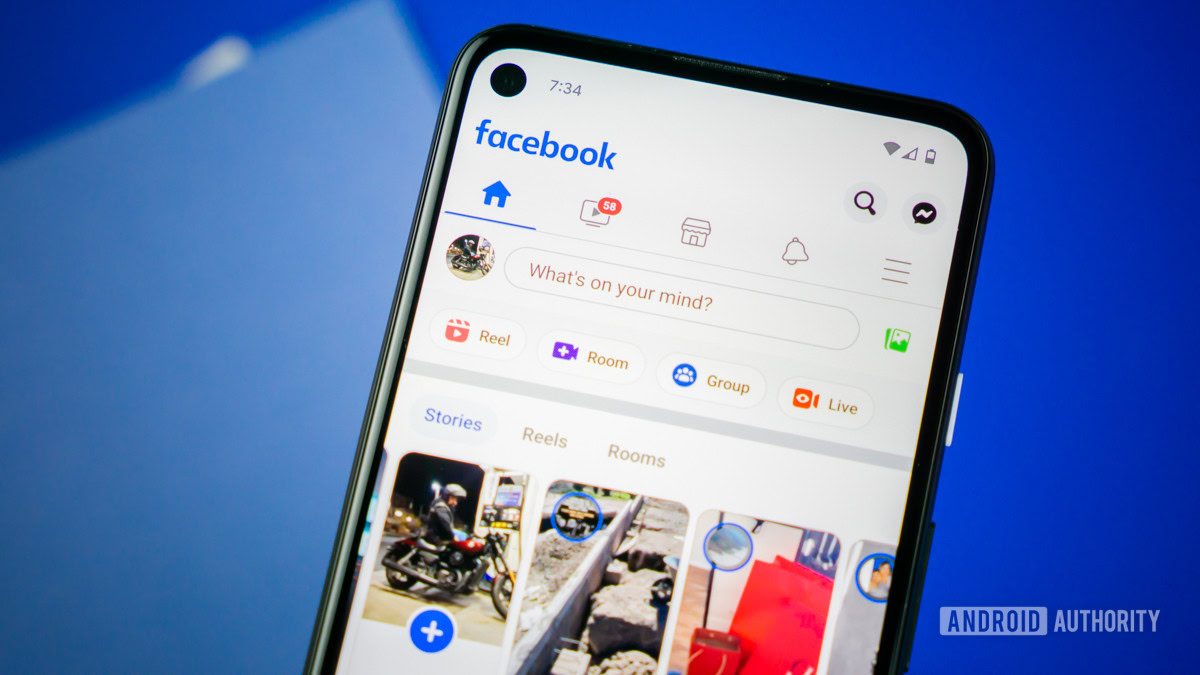
Ask your friends and family if they have an older phone they’d be willing to part with cheaply. Call a few people or spread the word you’re looking for a used smartphone on Facebook and other social networks.
You can also check out Facebook Marketplace, which is full of local offerings. Facebook Marketplace also has a shipping and remote buying system. Still, they’re very clear on the fact that “any sale made through a Facebook buy and sell group or an individual seller on Marketplace is between you and the seller.”
You should stick to meeting people in person and take the same precautions as with Craigslist purchases.
Things to consider:
- While buying from a social network can be safe, it’s important you trust who you are buying from. Stick to “true” friends and family if possible, and not the friend of a friend of a friend. Knowing where they live doesn’t hurt either.
- If you use Facebook Marketplace, make sure to exercise all precautions possible. Try to judge if the person is honest. Check the ESN.
- Test your SIM card. Make sure to meet in a safe place. Test the device thoroughly and give it a good inspection.
- If you’ve made a mistake, you’re on your own. There’s no protection.
Inspecting the used phone
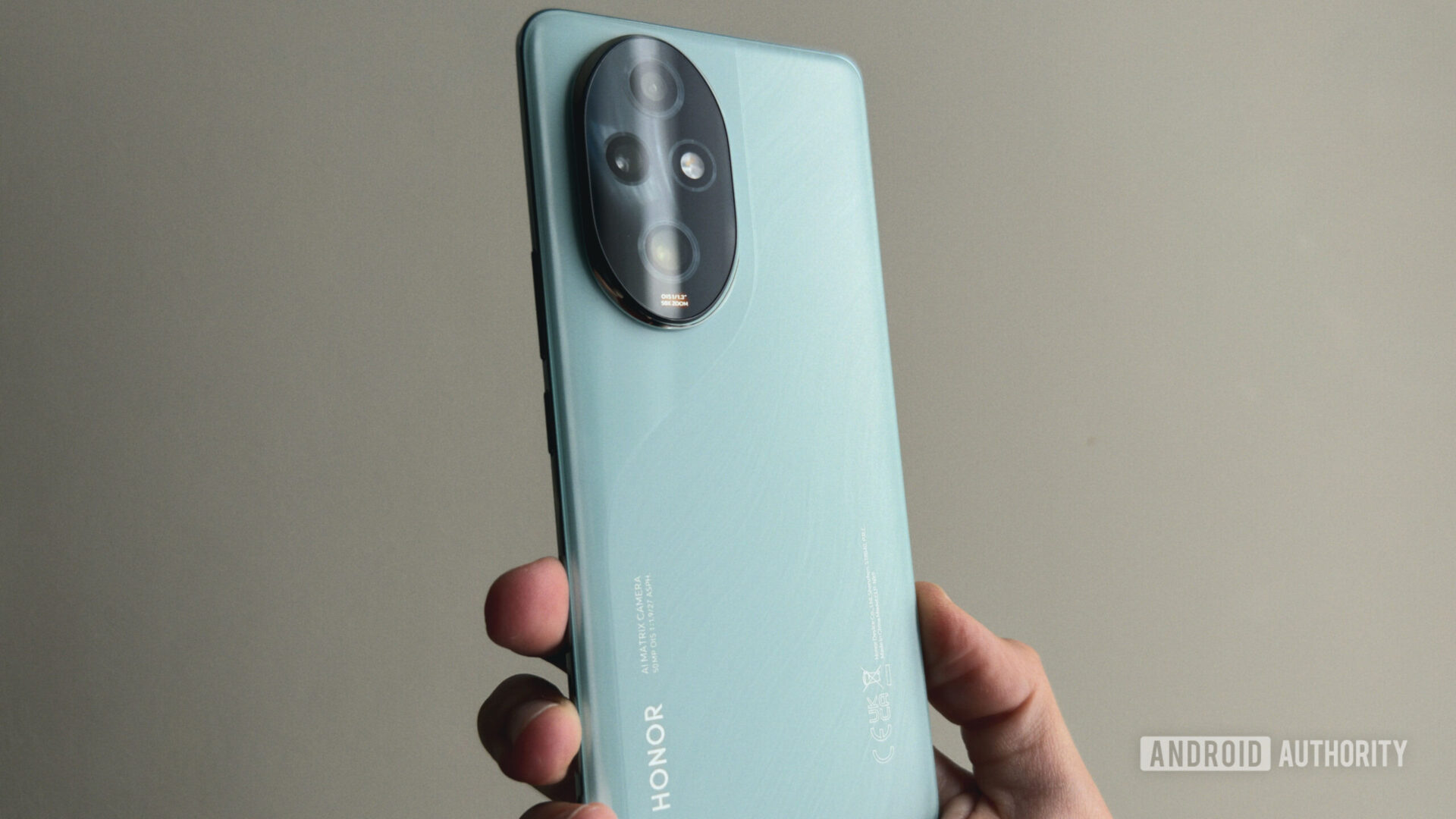
At first glance, this section might seem to apply only to those buying a device in person. However, the tips below are also helpful if you get a phone in the mail. They will help you detect problems early so you can either walk away from the deal when buying a used phone in person or start the process of getting your money back if you’ve already bought it.
Stuff to bring with you for the inspection:
- A battery pack, a laptop, or a power brick, as well as a charging cable.
- If you are buying a phone with wireless charging, you may want to take a compatible charger.
- A microSD card if the phone supports it.
- Headphones.
- An active SIM card that’s compatible with the phone you’re testing.
Before you even boot the phone up, give it a visual examination. Check if there are any scratches on the screen. If the phone has physical keys, test them to see if they’re in good condition. Also, check if any of the cameras have cracks or damage.
Next, move to the sides, check for scratches and dents, and test the buttons to see how well they click and press. Finally, move to the back to see if there’s any visible damage.
If it all looks good up to this point, remove the back if that’s an option. Phones with a removable back are super rare these days, but you might be buying an older handset. Check the battery and other components. Make sure to check whether or not the battery is original — this can make a real difference in price negotiation.
Give it a visual examination.
Also, turn the phone on to see if it boots up correctly. See if there are any dead pixels or if the entirety of the capacitive touch screen works. Make sure to test all buttons again to see if they’re all in working order. Also, test out the camera.
Now it’s time to put in the SIM and microSD cards and turn the phone on. Test it out by making a call, sending a text, and connecting to the internet. Make sure to check if the device recognizes the microSD card and gives you access to your files.
While you’re at it, check out all the ports. Plug in your headphones and test the audio with a song or a YouTube video if the device has a headphone jack. Make sure to also plug the handset into a power source to see if it charges.
Make sure the used phone isn’t blacklisted or stolen
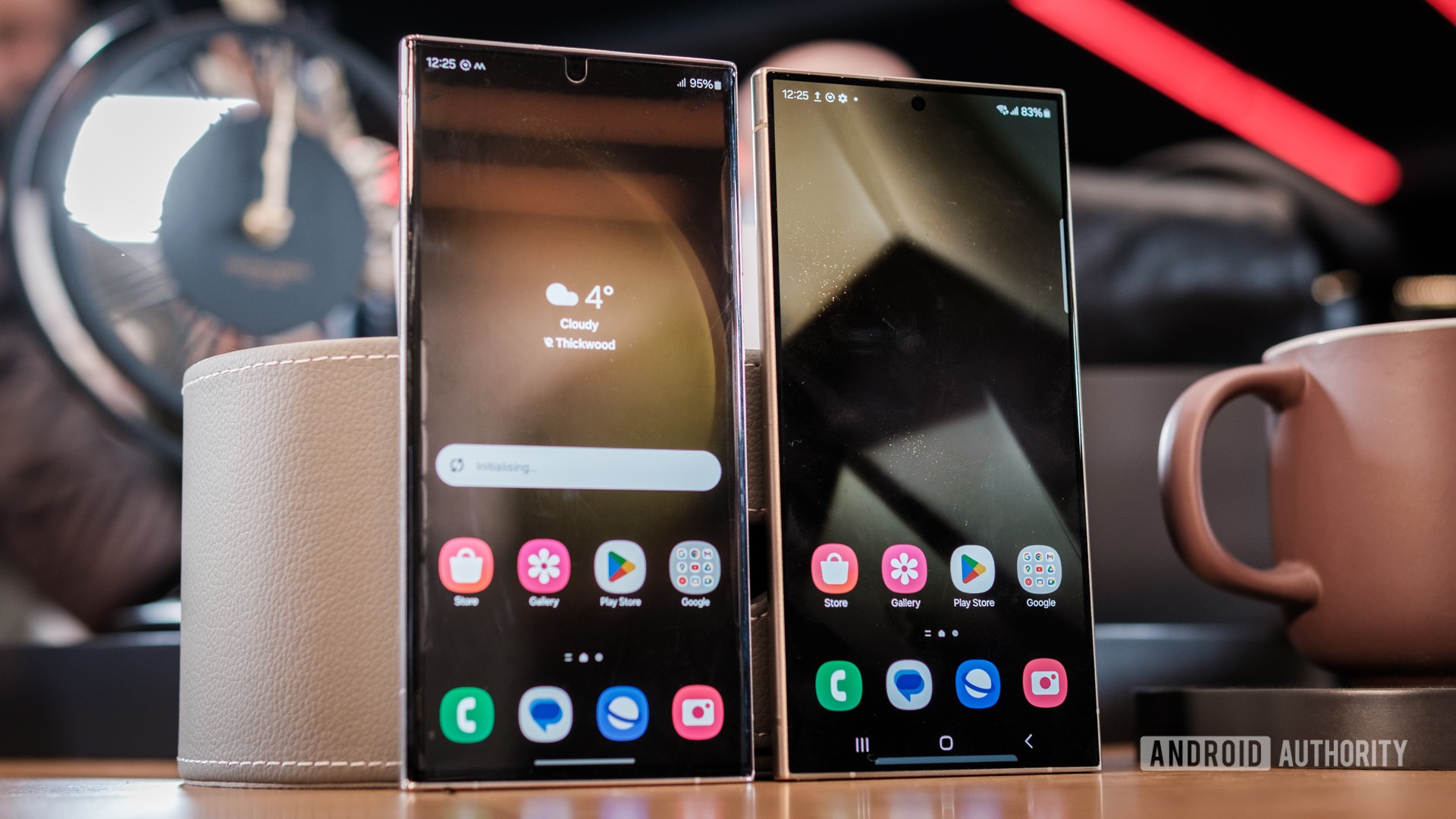
We’ve already mentioned this, but it’s imperative, so it deserves its own section. Use an online tool to check the ESN. Swappa has a good one, which is free and requires no purchase.
There’s also a tool you can freely use to check if a phone is reported stolen. The website is StolenPhoneChecker.org. All it asks for is an IMEI, MEID, or ESN number.
Negotiating the deal

If you’ve found any discrepancies you didn’t know about and realized the phone isn’t worth as much as you thought, maybe it’s time to start negotiating the deal. Perhaps you’re willing to live with a scratch if there’s a good discount. Or you could fix something if the seller is ready to cover part of the cost in the form of a lower price.
When negotiating the price, point out some of the bumps and bruises the device might have. Tiny scratches likely won’t affect pricing much, but bigger ones are solid negotiating points, especially if they are on display. You could also try to argue that you can find the device cheaper on other websites if that’s the case.
If you can’t come to an agreement, maybe the best bet is that you each go your separate ways without a deal. Perhaps the seller is willing to meet in the middle, though? Try to find a point where you’re both comfortable with the terms and price before moving on to the next listing.
Thank you for being part of our community. Read our Comment Policy before posting.
